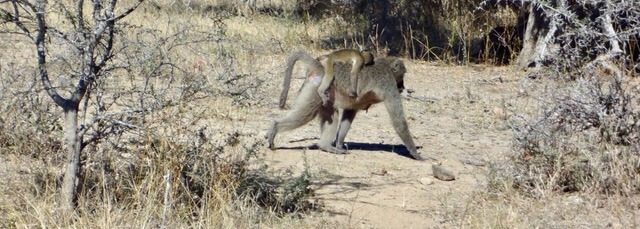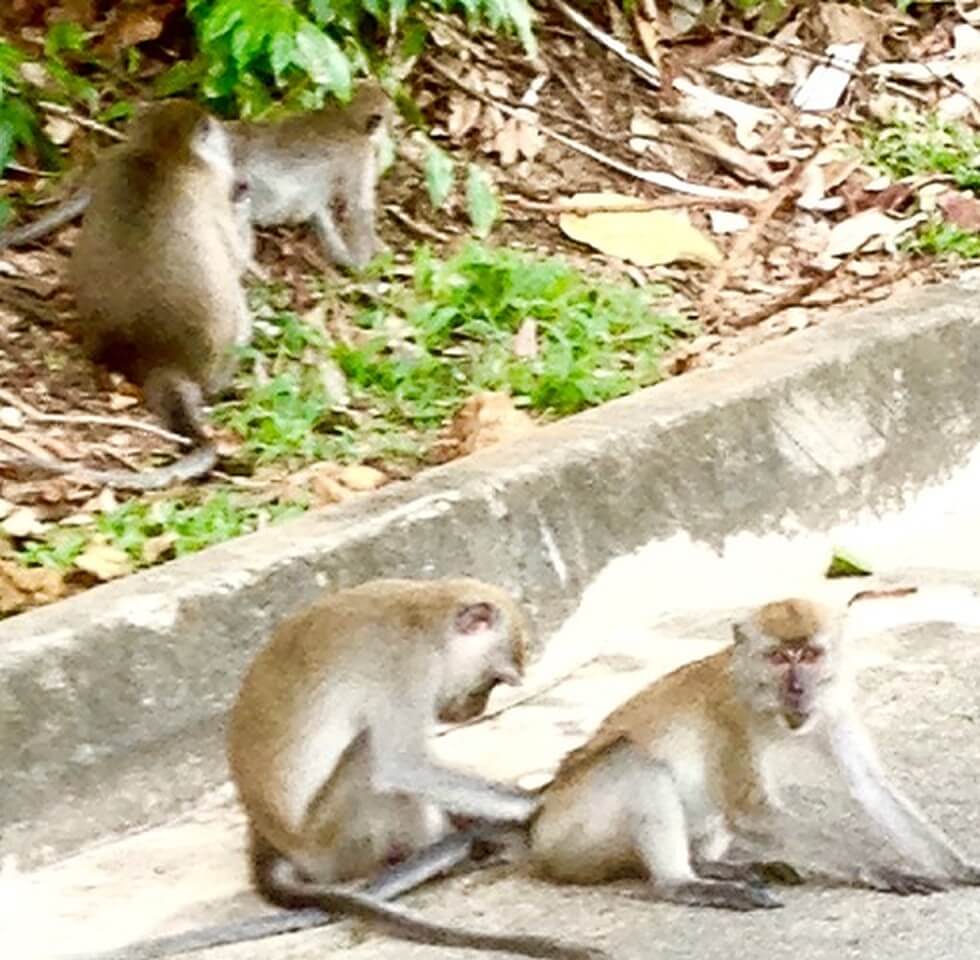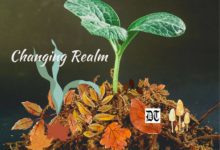Mitali talks about monkeys crisscrossing countries, cultures, films and more, punctuated with humour. An exclusive for Different Truths.
When I tell you stories of animals, never for a minute think I like them. But they mostly like me. They sit near me, follow me, chase me and one even tried to share my cardigan.
… one found many animals that grazed, birds that fluttered living amicably with humans.
I remember, we were visiting my maternal uncle, an artist in Shimla. In those days, back in the 1970s, Shimla was a quieter proposition. You walked to places. It was not so crowded. Therefore, one found many animals that grazed, birds that fluttered living amicably with humans. We all shared the same place, even plants. There were hills around the house one could explore. That, to a curious youngster who was from a town with orderly gardens in homes, in itself was an adventure.
The day we reached, I stepped out into the wilderness that fringed the garden with its fecundity. My aunt and uncle lived in an old colonial bungalow with huge lawns. Shimla, after all, had been the summer capital of the Raj from 18641. The house might have been younger than that. I am not sure. It was partitioned into different units. One of the units on the ground floor belonged to my uncle and aunt. I do not remember meeting the other mysterious residents. However, I do recall the house had a tennis court, a small clearing surrounded by the most interesting looking plants by the side of the lush garden with bird baths.
The garden gave way to uneven wilderness. There were no boundary walls or fences. Within a few hours of my arrival, to stretch my horizons, I had stepped out to explore this fascinating jumble of greenery. One of the plants had such beautiful leaves with spikes on them, that I had to touch them, feel them, and caress them. I was, like any town-bred of that time, curious. In Delhi, my friends and I would make regular forays into parks and vacant lots to play and look for natural adventures. A heap of rubble could become our next Mt Everest. As I touched the leaves growing in wild abandon on hills, my hand burst into painful red sores. I ran back home, learning never to touch all plants, great or small, without knowing their properties. It made for an amusing anecdote for the family!
Against this backdrop of wonder, I found myself trekking up to the Jakhu hill temple one day with my mother and aunt…
Against this backdrop of wonder, I found myself trekking up to the Jakhu hill temple2 one day with my mother and aunt — we called it Jacko3 after the colonials. The highest peak at that time housed only a temple of the Hindu Monkey God, Hanuman. This was almost three to four decades before the Bachchan’s of Bollywood invested in Jacko with a 33metre statue of the simian divine (2010), which is said to have beaten the Brazilian Christ the Redeemer’s statue in height, though I do not understand why such a comparison has to be made. Perhaps, comparisons and confusions contribute to human lores. In China, I found people from outside Asia confuse Hanuman with the Monkey King of Chinese descent. This was no stranger than Indiana Jones (acted by Harrison Ford in the 1984 movie) eating monkey brains in the Temple of Doom4 where Indian actors who acted in the film, Roshan Seth and Amrish Puri, went with this strange portrayal of local cuisines!
I, of course, told the expats in China that Hanuman, the progeny of the wind God, originated in the Ramayana (written somewhere around 100 to 500BCE5) and was the giant monkey who followed Rama and set the whole of Lanka aflame with his bandaged tail. The Monkey King6 was born in the sixteenth century Chinese story called Journey to the West by Wu Cheng’en. Sun Wukong or the Monkey King was born of a stone, became powerful practising Taoism and was imprisoned under a mountain by Buddha. Eventually, he was freed five hundred years later to travel with a monk to get Buddhist scriptures from the West — probably India.
New Zealand and Australia recently made a serial on the same Monkey King in Netflix…
New Zealand and Australia recently made a serial on the same Monkey King in Netflix7 — that is how interesting it was. The story had travelled from China to a popular Japanese serial8, screened around the time of my adventure with the monkeys on Jacko hill, and then ended up in the Southern hemisphere some three decades later! There were monsters et all in the Netflix rendition. The Monkey King tackled them all with extraordinary powers — he could cover 54,000 kms in one somersault. We do not know if he was related to Hanuman, who carried a hill and flew to Rama’s side when he could not find an herb that he was asked to get to heal Lakshmana wounded in a battle.

However, the monkeys I recall from my Shimla adventures, would not be able to do wonders like their two divine counterparts. I do not know if they hopped across borders drawn by Macmahon9 or Radcliffe10 or went on visits to overseas relatives. I do not think monkeys need visas like the elephants11 who regularly cross the line that separates Bangladesh from India. The pachyderms in the past also visited Nepal12 without visas, though that might have been before an electric fence was erected to keep the truants from crossing without proper paperwork!
I do not remember seeing monkeys in the wild in Suzhou or Shanghai, merely their evolved versions.
I do not remember seeing monkeys in the wild in Suzhou or Shanghai, merely their evolved versions. You see them (simians) often enough in Singapore — outside in nature and in the zoo. I have already related the story of the monkey who preferred swimming pools and condominiums to the wilds on the island13.
Monkeys in Kruger, South Africa, were really wild and watching a mother carry a baby hanging on to her was funny. We even had a traffic jam of tourist vehicles on the road when some baby monkeys decided to play their version of hopscotch. Inside Kruger, the animals roam freer than humans and it is not unusual for monkeys or elephants or lions or some other menagerie to cause roadblocks.
The monkeys I met when I trekked up to the temple of the Jacko hills merely sat on trees and watched us.
The monkeys I met when I trekked up to the temple of the Jacko hills merely sat on trees and watched us. They did not cause traffic jams but watched the human traffic from their arboreal standpoint, occasionally making forays to the ground to interact with persons who interested them. Perhaps, they found me interesting or was it my bright red sweater with pink and white stripes and hill-like black patterns knitted by my mother? They did not confide. In any case, I would not have comprehended monkey-tongue. I was hot after climbing up the hill. So, I had taken off the cardigan and hung it on my shoulders loosely. Suddenly, it was gone!
The monkeys had relieved me off my sweater. They sat on a tree and, perhaps, discussed the patterns with their friends and family. I do not know for certain of course. Then they might also have. Right then, I was distressed. I loved the cardigan. In vain, we tried to persuade the monkeys, who would not return my sweater. They sat on inaccessible branches making all kinds of faces and chattering away with a seemingly keen interest in the pink and white stripes of the cardigan. Finally, we got some prasad from the temple and a little extra for our monkey friends who, tempted by the offering of food for devotees, traded the sweater for edible treats!
Ruskin Bond’s colourful pyjamas ended up probably part of a monkeys-only fashion parade in another part of Himalayas.
I have to say I had been luckier than many. Ruskin Bond’s colourful pyjamas14 ended up probably part of a monkeys-only fashion parade in another part of Himalayas. And a friend in Sri Lanka lost a bottle of coconut oil to a monkey! The monkey borrowed it permanently from his home. I told him, my friend — not the errant monkey – not to take it to heart. The monkeys might have wanted to groom themselves. Or were they frying banana chips in coconut oil? After all it is supposed to be a healthy oil both for consumption and for grooming. Unfortunately, we do not understand their language or culture, so we will never know … even if we managed to try our hand at deciphering their mother tongue.
Imagine the wonders of evolution! We descended from these arboreals who spoke monkey. Research has it that our early ancestors evolved to speak one language15 before they parted ways in Africa and moved to populate the whole of Earth. From that one language evolved the 6,000 that serve to raise awareness about differences and margins. Do you think a proposal to start a drive to adapt the original mother tongue of all mankind as the common parlance for the eight billion who populate the Earth could be a possibility? Would we be able to access a language that has been dead for many centuries? This could be research worthy of Indiana Jones, who supped monkey brains in the Temple of Doom. Or we could start by deciphering monkey tongues as they were closest to our ancestors. Do they have one mother tongue or a few thousand, I wonder…
References
1https://indianculture.gov.in/stories/simla-summer-capital
2https://en.wikipedia.org/wiki/Jakhu_Temple
3https://www.badseysociety.uk/sladden-archive/places/india-simla
4https://en.wikipedia.org/wiki/Indiana_Jones_and_the_Temple_of_Doom
5https://www.bl.uk/onlinegallery/whatson/exhibitions/ramayana/guide.html
6https://en.wikipedia.org/wiki/The_New_Legends_of_Monkey
7https://www.netflix.com/sg/title/80184682
8https://en.wikipedia.org/wiki/Monkey_(TV_series)
9https://en.wikipedia.org/wiki/McMahon_Line
10https://en.wikipedia.org/wiki/Radcliffe_Line
13https://www.differenttruths.com/humour/how-do-i-fish/
15https://www.sciencefocus.com/science/what-was-the-first-ever-language/
Photos by the author






 By
By
 By
By
 By
By